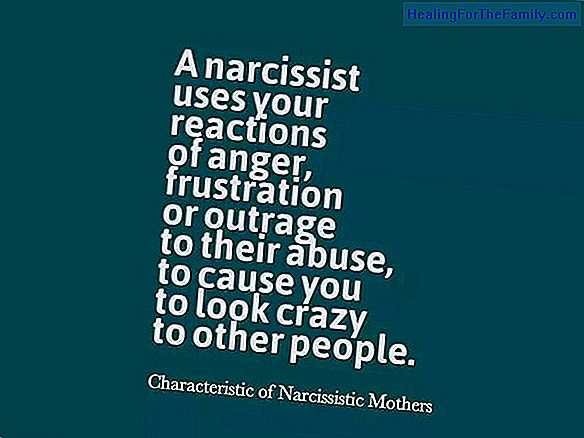10 Benefits of origami for children
Origami or origami is a Japanese art in which different figures and shapes are elaborated through the folding of the paper . From the classic paper boat to much more elaborate elements. The practice of origami is beneficial for everyone, but children can be stimulated both physically and mentally. I
Origami or origami is a Japanese art in which different figures and shapes are elaborated through the folding of the paper. From the classic paper boat to much more elaborate elements.
The practice of origami is beneficial for everyone, but children can be stimulated both physically and mentally. It is a challenge for them and a challenge that in addition to having fun they are learning.
10 reasons why children should do origami

1- Helps to develop hand-eye coordination, and fine motor skills. These stimuli exercise the muscles, nerves and bones of the hand, which are gaining strength and preparing for writing.
2- Stimulates the concentration: the origami demands an attention and a mental effort to fold the paper in the correct order and thus achieve the desired figure. Therefore, the child maintains its concentration during a period of time in the same activity and thus activates a pattern of attention in a task.
3- Activate the memory: the first times that the child makes an origami figure has to follow some instructions, however, while they are not very complicated initially, it will help him to remember them and he will be able to make the origami figure himself. Therefore he tests his memory.
4- Develop patience: figures do not always come out the first time, therefore the child must be constant and patient to achieve his goal.
5- Enhances emotional satisfaction: the child feels satisfied that he has developed something with his own hands, the pleasure of getting something done by himself.
6- Fosters the imagination: the child can create their own paper figures created by it, a great stimulus to creativity.
7- It is a relaxing activity: many find in the origami a form of relaxation and of forgetting other problems or moments of stress.
8- Stimulates effort and work: to achieve the desired figure, it is necessary to carry out precision work and the child must make an effort if he wants to achieve the goal.
9- Encourages learning: helps children understand spatial concepts such as up, down, front and back and develops logical and mathematical thinking.
10- It is very useful for the treatment of certain disorders such as ADHD, hyperactivity or dyslexia.












